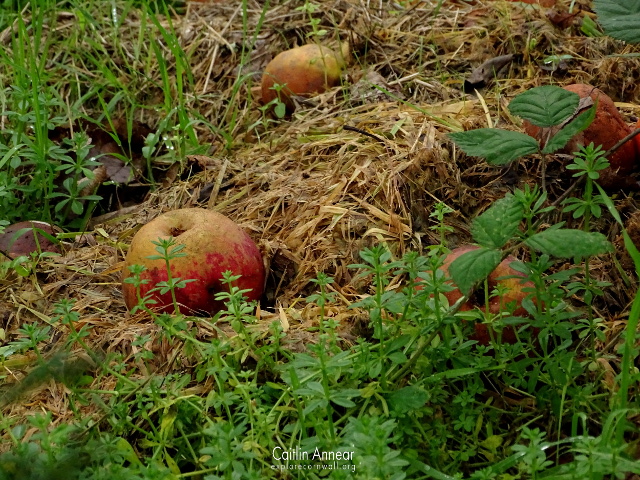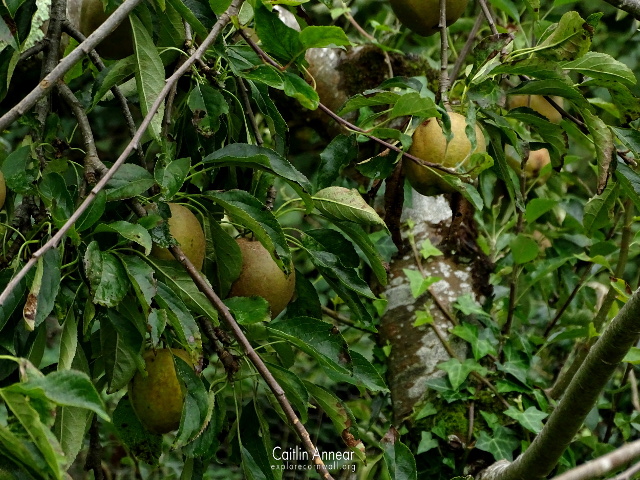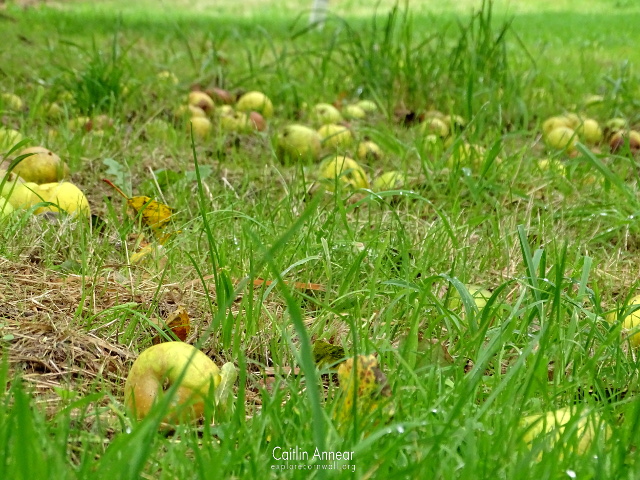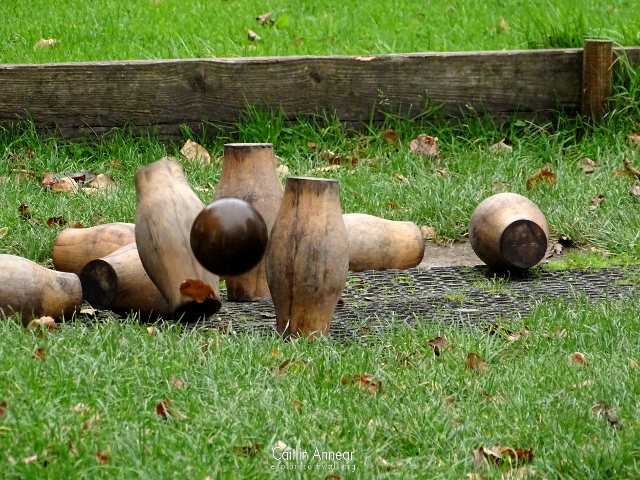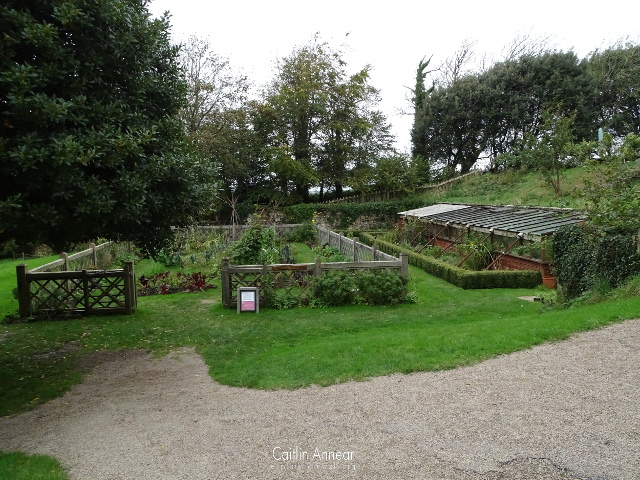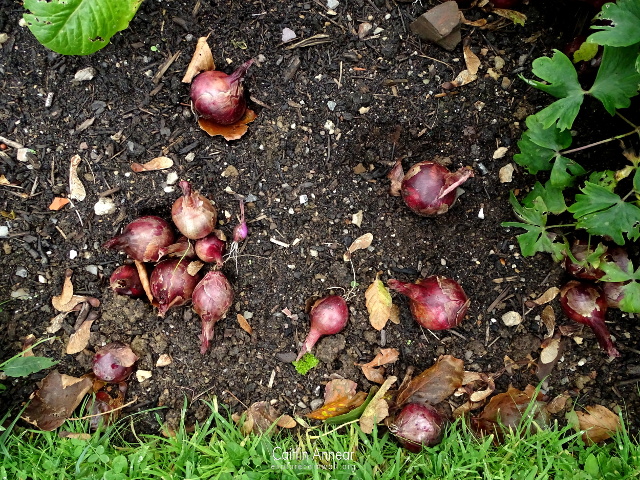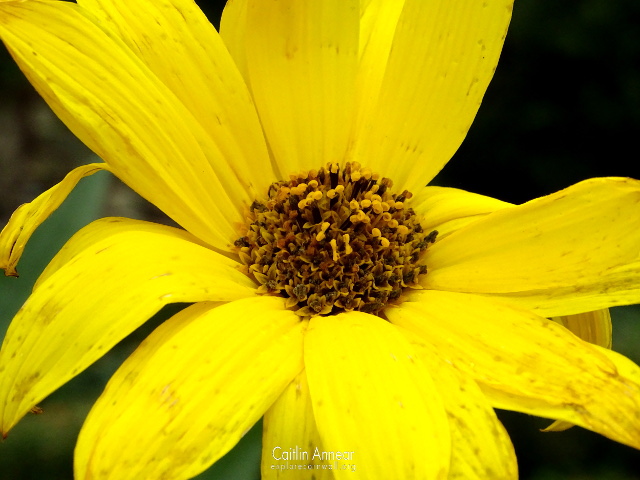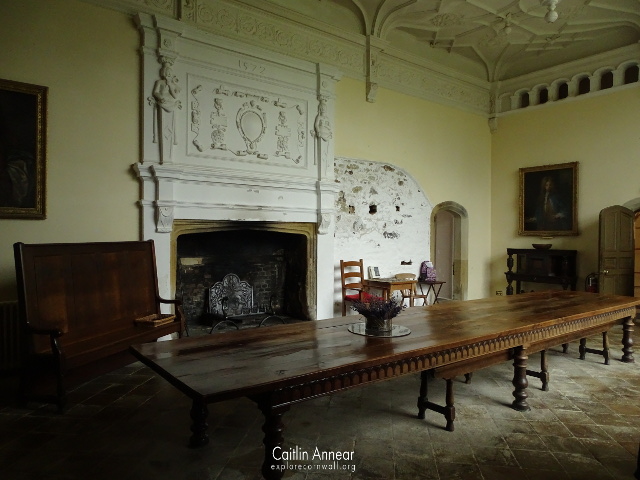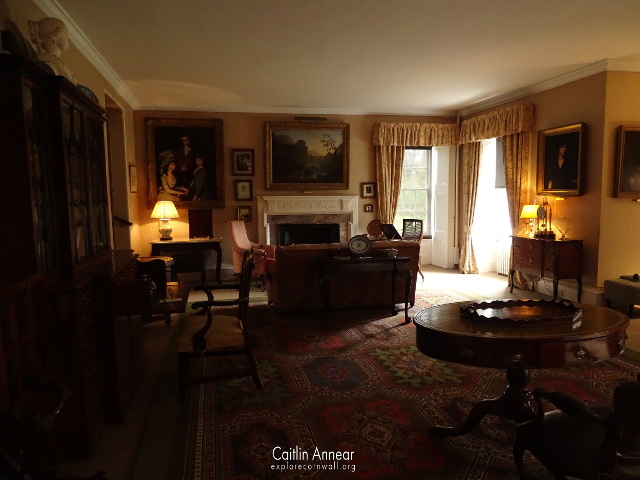At the end of last year Scott and I headed down the narrow country lanes to Trerice House, a National Trust location on the outskirts of Newquay. Although it’s one of the smaller NT outfits, its still definitely worth the visit.
As we went at the end of the year, there wasn’t much in the way of flowers that we normally associate with NT gardens, but with Trerice you get the added bonus of their beautiful apple orchards which were in full swing.

Not much is known about Trerice’s history or the family that lived here. Through marriage the land was inherited by the Arundell family of St Columb Minor in the 1570’s, with John Arundell V having the original much smaller house built between 1572-3. This house changed a lot over its years, with extensions being added on until you’re left with the finished product today; a dutch style Elizabethan house which was primarily built from St Columb elvan and granite.
The last Arundell died in 1768 and the land went to the Acland family who’s primary residence was in Devon so didn’t visit all that often. Little of significance happened until WWII, when the house and grounds became a base for the home guard, namely the 11th Cornwall Batallion. They were nicknamed the ‘Choughs’ due to the birds gallantry and furtiveness, hence the number of chough images seen throughout the house.
The National Trust bought the house from Somerset de Chair in 1953 for £12,000 and after undergoing significant renovations was opened to the public.
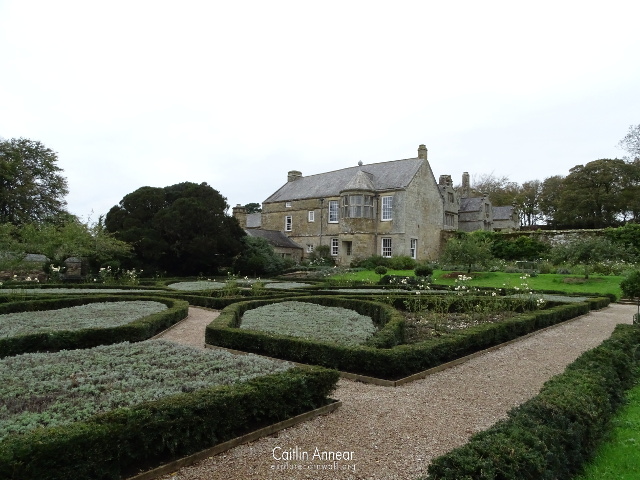
We started off our little self guided tour on the south-east side of the house, in the Elizabethan knot garden and orchard just past the visits entrance. The paths here lead up to the front of the house and the front court and we took the short flight of steps onto the Kayling lawn. Kayling was the Cornish name for skittles and Trerice holds a unique set of 16th century oak pins (although these aren’t the ones you can play on the green!). There are several sets of games on the green that anyone can play.
After Scott had had a couple of games of skittles we pottered across the grass towards the parade ground and down to the potager garden.

The potager garden was a beautiful little allotment with a variety of flowers and vegetables growing.
We then retraced our steps to the entrance to the house and began a tour of the inside. The tour begins in the Great Hall; this dates from the original construction of the house and its size and grandeur would have reflected the wealth of the owners. It was used to host all manner of events and banquets, but also would have served as a sleeping space for servants.
The stunning windows are made up of 576 panels and is one of a kind, the largest and oldest of its type in Cornwall. The glass for this was brought into the country in the 16th century, a true show of wealth at this time. Many of the panels have been changed over its life, with some dating from each century since it was first installed. The large wood table in the centre dates from the 19th century and was made from wood from the Acland’s Holnicotes Estate in Somerset.
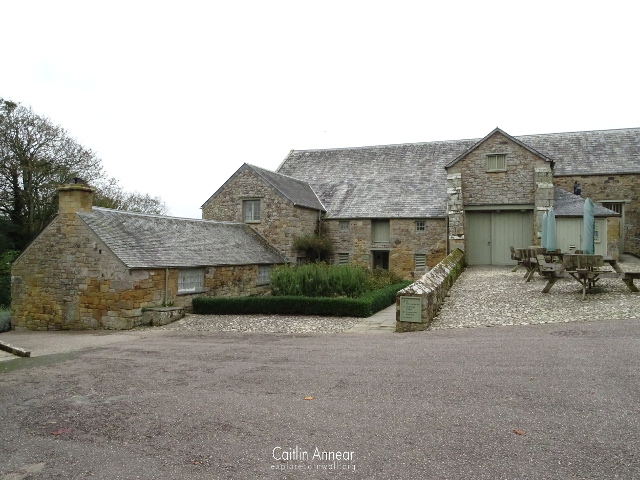
The rest of the tour takes you through a large living room, which had multiple functions from a food store room to a room for servants. Other sections of the house include the master bedroom, a long hall filled with paintings and artefacts and a more modern bar. Each room features information cards about the rooms history and key parts.
The tour ends in at the gift shop and after a quick browse headed straight across to the converted barn for lunch.

Access is available to anyone who pays the entrance fee. Some sections of the house feature steep steps which may not be accessible for those with mobility issues.
Wonderful hot and cold meals can be bought from the Barn cafe, with the menu changing from time to time.
Parking is free, and there are disable spots closer to the entrance. There are even charging points for electric cars.
Gamble, B. (2014) Cornwall’s Great Houses and Gardens. Penzance: Alison Hodge Publishers.
National Trust (2020) The history of Trerice. Available at: https://www.nationaltrust.org.uk/trerice/features/the-history-of-trerice (Accessed: 19 April 2020).
National Trust (no date) Trerice House Information Cards.
Parkes, C. (2005) Trerice, Newlyn East: Cornwall Archaeological assessment. Available at: http://map.cornwall.gov.uk/reports_event_record/2005/2005R042.pdf.

